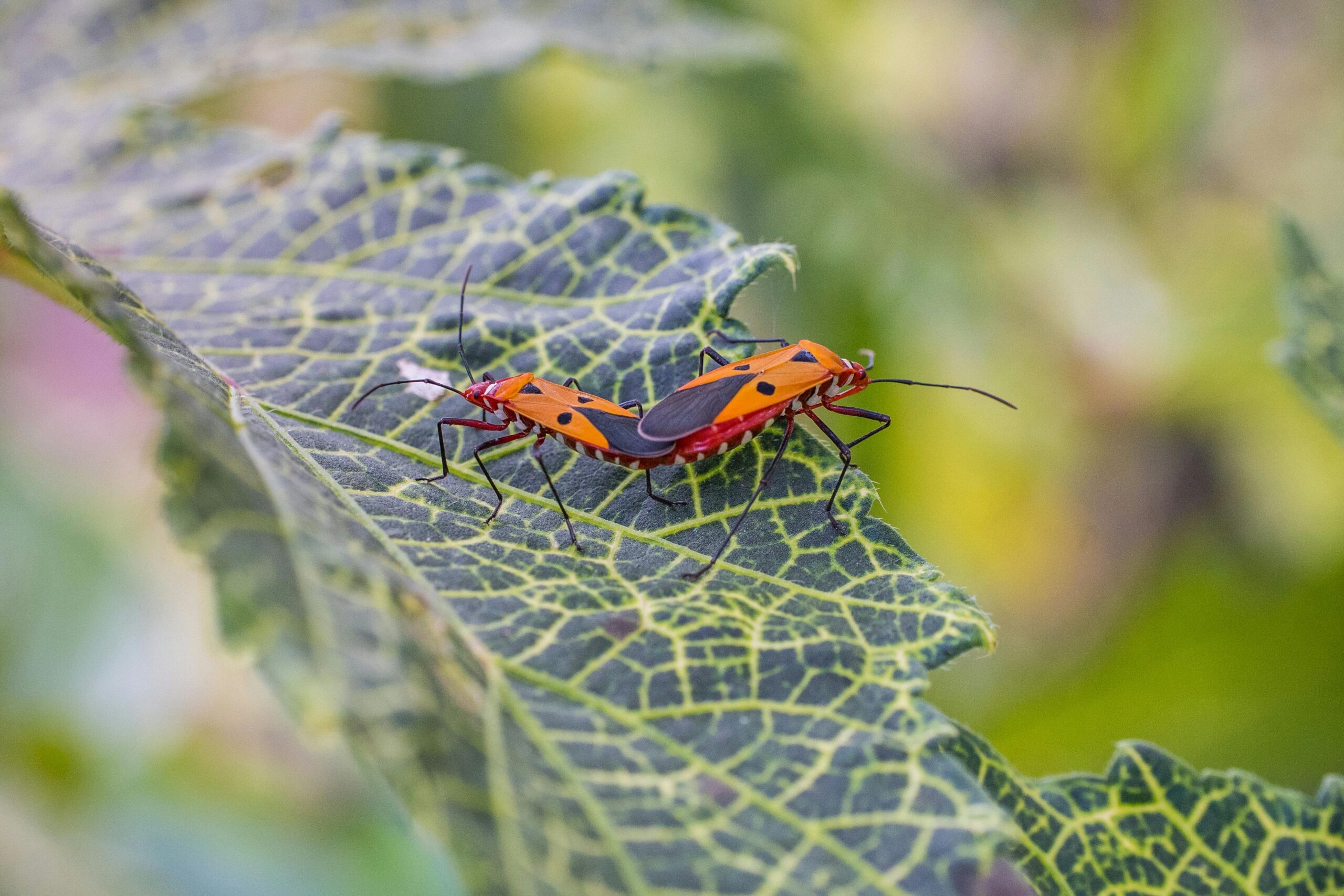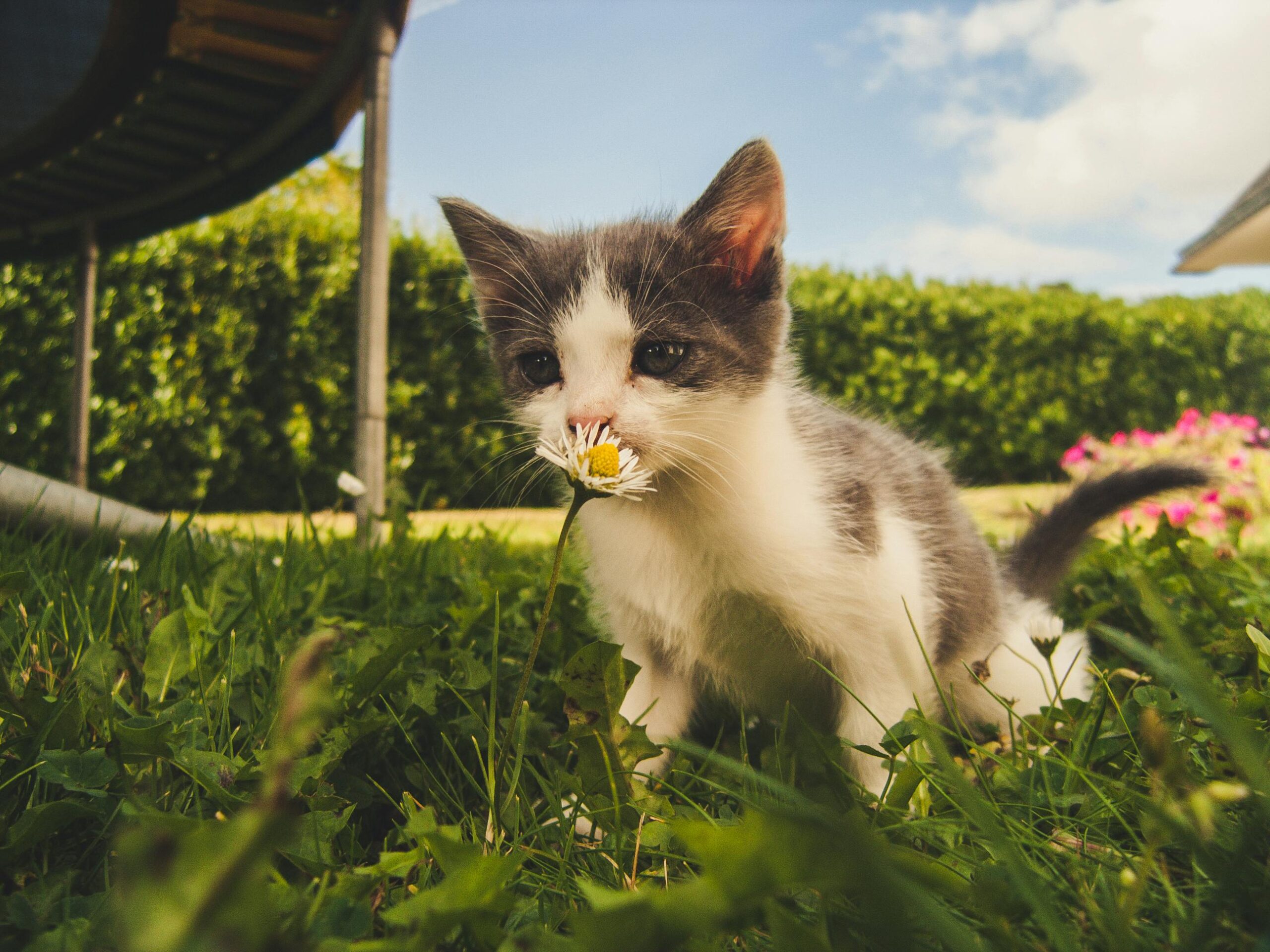Maintaining a thriving garden often means facing the challenge of unwanted pests that can quickly damage your carefully tended plants. While chemical pesticides offer a quick solution, they can harm beneficial insects, contaminate soil, and potentially affect your health. This article explores integrated pest management (IPM) strategies that work with nature rather than against it. From companion planting and attracting beneficial insects to creating physical barriers and making your own organic pest sprays, these natural garden pest control methods provide effective alternatives to harsh chemicals while promoting a balanced ecosystem in your garden.
Understanding Garden Pests and Their Damage
Before implementing any pest control strategy, it’s essential to accurately identify common garden insects damage. Aphids leave sticky residue and cause leaves to curl and yellow, while caterpillars create irregular holes in leaves and can completely defoliate plants. Spider mites cause stippling on leaf surfaces and fine webbing, especially during hot, dry weather. Slugs and snails leave ragged holes in leaves and slime trails, typically feeding at night. Japanese beetles skeletonize leaves by eating the tissue between the veins. By learning to recognize these distinct damage patterns, you can respond with targeted natural controls rather than broad-spectrum treatments that might harm beneficial garden inhabitants.
Garden pest problems often signal an imbalance in your garden ecosystem. When you identify an infestation early, you can address it before serious damage occurs. Regular garden inspections, especially on the undersides of leaves where many pests hide, can help you spot trouble before it spreads. As experts at AskHomey often recommend, prevention is the first and most effective line of defense in natural pest management.
Companion Planting for Pest Management
One of the most elegant natural garden pest control methods involves strategic companion planting. Certain plants naturally repel specific pests or mask the scent of target plants. Marigolds deter nematodes and many insects when planted throughout the garden. Strongly aromatic herbs like basil, rosemary, and mint confuse pests seeking their favorite plants. Nasturtiums serve as trap crops, attracting aphids away from your vegetables. Garlic and onions repel a variety of insects when interplanted with susceptible crops.
Beyond mere pest repellent effects, companion planting increases biodiversity, which inherently creates a more balanced garden ecosystem less prone to pest outbreaks. When planning your garden layout, consider incorporating these pest-deterring companions alongside your vulnerable crops to create natural protection zones throughout your growing space.
Attracting and Supporting Beneficial Insects
Nature provides its own pest control system through predatory and parasitic insects. Ladybugs devour aphids with remarkable efficiency, while lacewings consume mites, thrips, and small caterpillars. Ground beetles patrol the soil surface for slugs, snails, and cutworms. Parasitic wasps lay eggs inside pest insects, eventually killing them.
To attract these garden allies, plant diverse flowering species that provide nectar and pollen throughout the growing season. Dill, fennel, yarrow, and alyssum are particularly attractive to beneficial insects. Leave some areas of your garden slightly wild, with leaf litter and undisturbed soil as habitat. Avoid broad-spectrum pest treatments that kill beneficials along with pests. Creating a garden that supports these helpful insects establishes a long-term, self-regulating pest management system that requires minimal intervention.
Physical Barriers and Traps
Sometimes the simplest approaches prove most effective for natural pest control. Floating row covers exclude flying insects while allowing light, air, and water to reach plants. Copper tape creates barriers that slugs and snails refuse to cross. Diatomaceous earth, sprinkled around plants, dehydrates soft-bodied pests that crawl through it. Sticky traps capture flying insects before they reach your plants.
For larger pests like rabbits and deer, physical fencing remains the most reliable solution, though it requires initial investment. Handpicking larger pests like tomato hornworms and Japanese beetles directly from plants can effectively manage populations when done consistently. These non-toxic methods create protection without introducing any substances that might affect your plants or garden ecology.
DIY Organic Pest Sprays
When infestations require more direct intervention, organic pest sprays diy solutions offer effective control without harsh chemicals. A simple soap spray made with one tablespoon of mild liquid soap in a quart of water kills soft-bodied insects on contact by disrupting their cell membranes. Neem oil, derived from the neem tree, acts as both insecticide and fungicide while being relatively safe for beneficial insects once dried. Garlic-pepper spray repels many insects with its strong compounds.
Always test homemade sprays on a small portion of the plant first to ensure no damage occurs, and apply in the early morning or evening to prevent leaf burn and minimize impact on pollinators. These solutions work best when pests are in their most vulnerable life stages and should be reapplied after rain. While effective, remember that even organic sprays should be used judiciously as part of a comprehensive approach that prioritizes prevention and ecosystem balance.
For more tips and to connect with reliable home service professionals, follow AskHomey on Facebook and Instagram.



